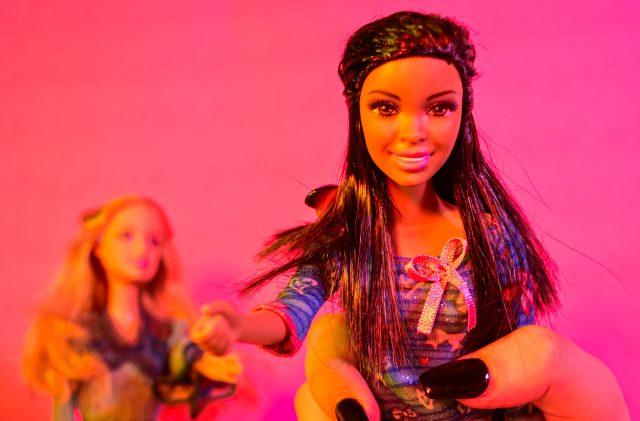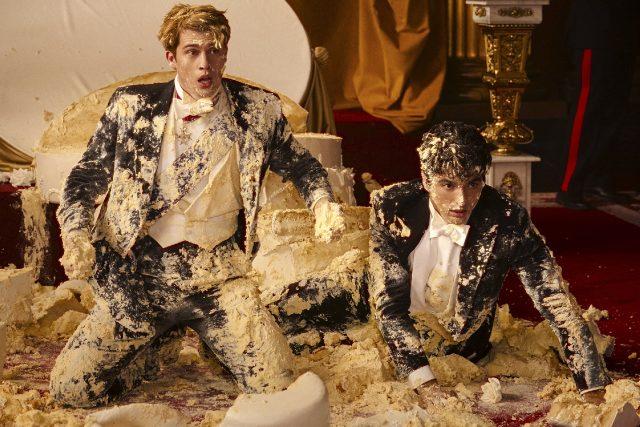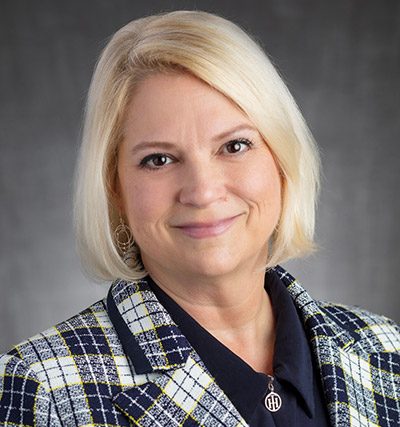HOPE SMITH
editor-in-chief
hope.smith393@my.tccd.edu
In July, the theaters turned pink. The pink preparation for the Barbie movie, however, happened months before that, and the colossal response after swept the world under its feet in a strong gust of sparkle and tears.
In fact, the movie topped $1 billion at the box office. In comparison, Oppenheimer made $718 million. It is no secret that it did overwhelmingly well.
What pulled the world into Barbie’s plastic life? Some students at TCC believe the success comes from the fact that it spoke to people in a way that movies had yet to do in a long time.
For TR student Sunny Whidden, the marketing for the movie was “crazy.” With big names like Dua Lipa, Ryan Gosling or Margot Robbie, she said the household names helped push the movie forward.
The movie had an energy around it that felt like it gave women a place to dress up and be together. An experience with a movie that, to Whidden, had not been touched on.
As a transgender woman, Whidden said that what hit the hardest was when Barbie’s creator told her, “You don’t have to ask me to be human.”
Whidden felt that the message of Barbie being able to choose her life spoke to her in various ways.
Along with that, she noticed Doctor Barbie, who is played by Hari Neff, a transgender actress, was not made as a Barbie whose character was about her gender identity.
‘It was phenomenal in the sense that it wasn’t like, ‘This Barbie is transgender!’ right? She was still a doctor,” she said. “They didn’t even mention it, which was really good.”
TR student Reese Tydlaska thinks the movie did well in relating to both men and women.
“I think it spoke to the struggles of both men and women in such an intricate way, but it did it in a fun, upbeat way as well,” she said.
Though, she said the message may not have been received the best by those who she felt needed to hear it the most.
“I think the people that the movie really spoke to are people who’ve experienced the same kind of stuff like the Barbies were dealing with,” she said. “So, I think the people that really need to hear it need to understand where men and women stand with each other.”
She thought that all the negative attention Barbie received came from those who did not understand that Ken was not a villain.
Tydlaska explained that like Ken, men are also put down by the structures in place with a patriarchy.
“Men are also at a disadvantage, in a sense, because they’re told that they’re defined by the place they stand in the social hierarchy,” she said. “And also, the relationships they’re in or their family, what they shouldn’t be defined by who they are in their core as people,”
NE student Cassie Kerley explained that she didn’t expect it to go the way that it went.
Like Whidden, she agreed that the marketing was the driving force for the movie. When she first walked into the theater to watch the movie, she said she knew immediately who was going to see the movie because of all the people dressed in pink.
However, she didn’t expect the movie to take a musical turn. For Kurley, it was a different experience.
She appreciated that the movie didn’t portray Barbie simply as a doll. She remarked that while watching, she noticed how it addressed Barbie’s place before as an oppressive symbol that turned into a representation of all women.
However, Whidden thinks that because of the sheer success, people will get the wrong idea and try to capitalize on Barbie.
“I think it’s kind of like when ‘Everything Everywhere All At Once’ came out. Everyone’s like, ‘Oh! We need to make a movie about the multiverse,’ and have multiple universes and stuff,” she said. “But in reality, what made that movie good was the message and the acting.”





































